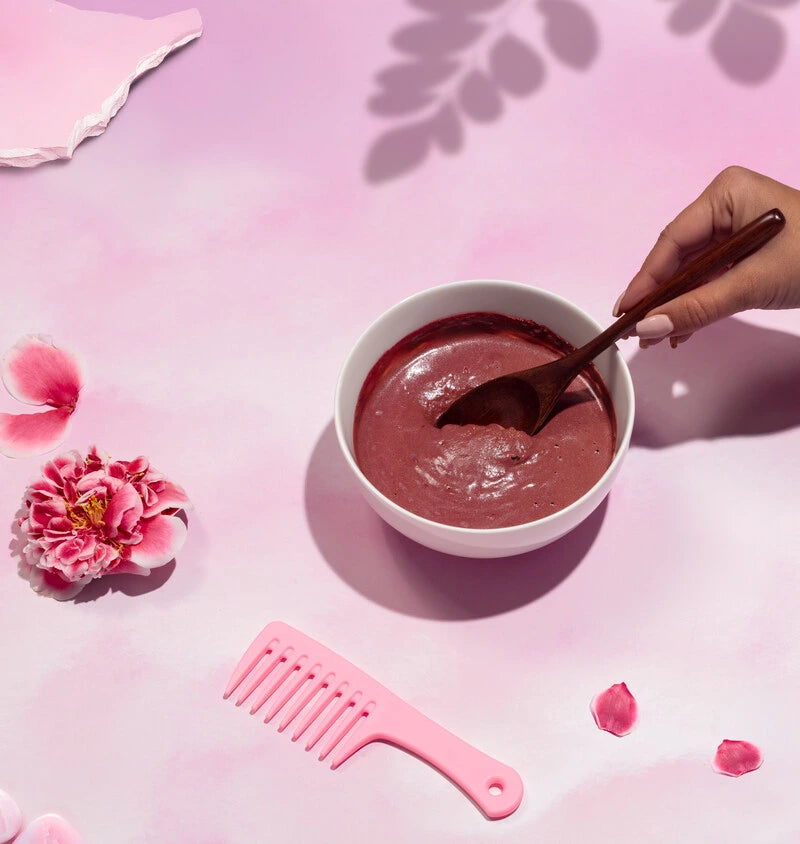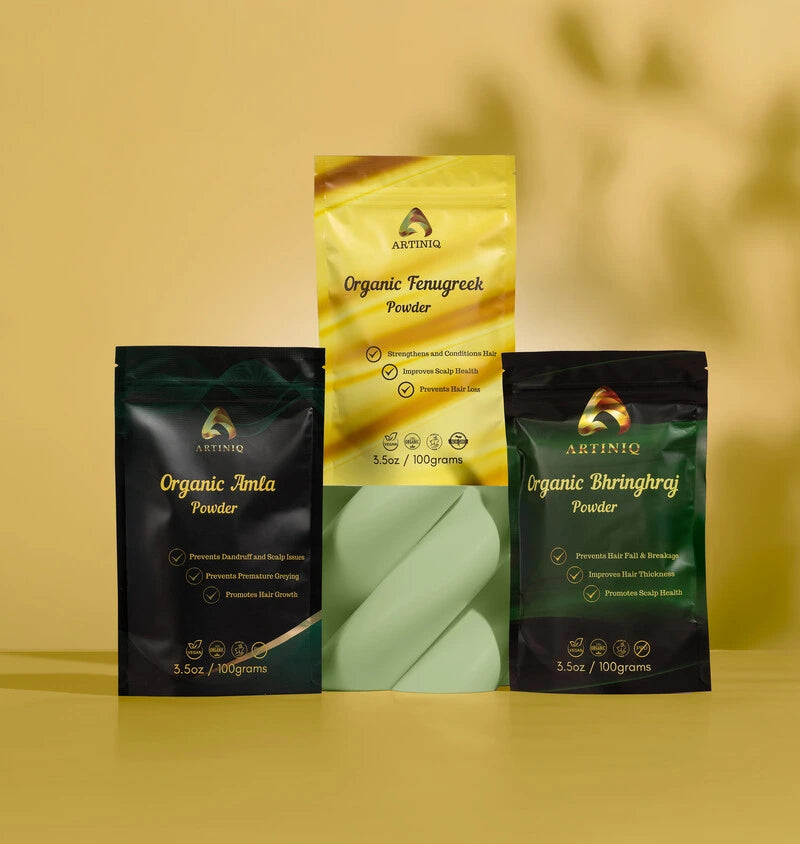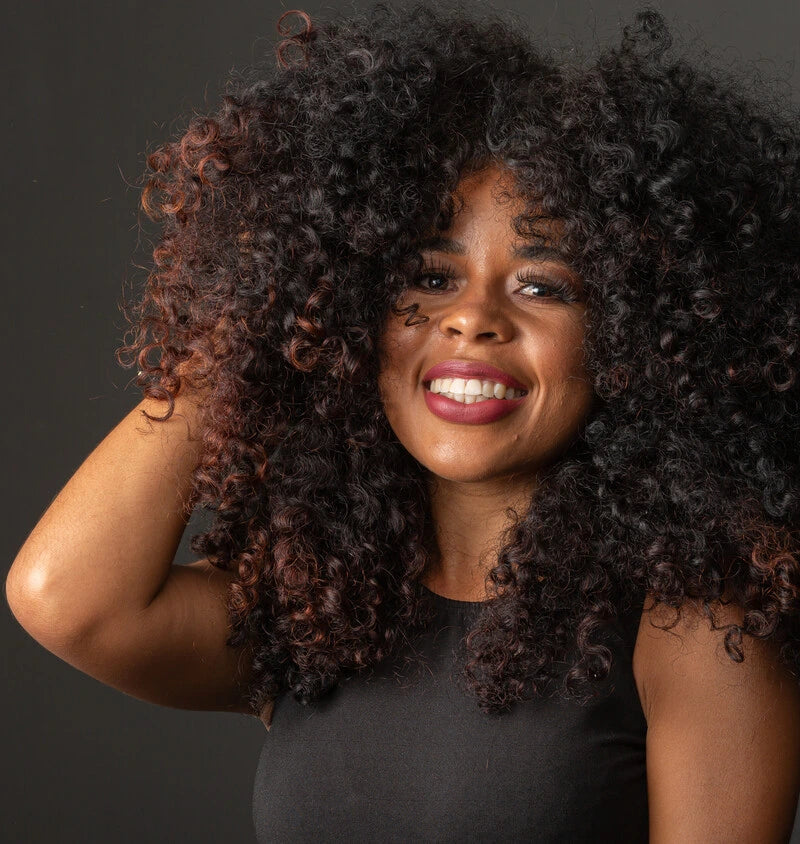If you’ve ever looked in the mirror and wondered why your hair seems stuck, thinning at the edges, falling out in clumps or simply not growing the way it used to, you’re not imagining it. Hair responds to what’s happening in your body, your environment, and your routine.
The truth? Hair growth isn’t a straight line. It’s a cycle. And when that cycle is disrupted by hormones, stress, tension, or inflammation growth slows. In some cases, it stalls completely.
Hair Doesn’t Just Grow, It Cycles
Hair goes through three main phases, and your goal is to keep as much hair as possible in the growing phase.
-
Anagen (Growth Phase):
This is the phase where hair is actively growing from the follicle. It can last 2–7 years, but stress, hormones, and poor scalp health can shorten it. -
Catagen (Transition Phase):
A short, two-week window where the hair detaches from its blood supply and stops growing. -
Telogen (Shedding Phase):
The hair falls out, making room for a new one. If your scalp is inflamed or your follicles are weak, fewer new strands come in.
That’s why you’ll hear people say things like “my edges won’t grow back” and in many cases, it’s not that the follicle has disappeared. It’s that the hair cycle was disrupted by stress, hormonal shifts, or inflammation and never properly restored.
But in more severe cases, such as autoimmune-related alopecia or scarring types of hair loss, the follicles may become dormant or permanently damaged. While cosmetic products like ours can’t reverse these medical conditions, they can support the visible health of surrounding hair and help you make the most of what your scalp can still grow.
Why Hair Growth Slows Down (and What You Can Do About It)
Your hair isn’t stubborn. It’s just responding to conditions both inside and out.
Here’s what disrupts the cycle:
-
Hormonal Shifts
Postpartum, menopause, thyroid changes etc. these all affect how long your hair stays in the growth phase. That’s why you may notice sudden shedding or overall thinning during major life stages. -
Poor Scalp Environment
Product buildup, dryness, inflammation, and clogged follicles make it harder for new hair to push through. A healthy scalp is non-negotiable if you want healthy hair. -
Nutritional Deficiencies
Iron, protein, B vitamins, zinc these are the real backbone of strand strength and follicle function. A weak internal supply = weak external growth. -
Tension & Styling Damage
Heat, braids, tight wigs, and harsh chemical treatments can lead to breakage that mimics hair loss.
What Actually Supports Growth (That You Can Control)
You can’t change your DNA or rewrite your hormones overnight, but you can create the right conditions for your hair to thrive. Growth is about preservation as much as production: protecting what’s already on your head, reducing the factors that trigger shedding, and nurturing a scalp environment that welcomes new strands.
At Artiniq, here’s how we approach it:
-
Amla and Bhringraj
These aren’t just buzzwords. They help maintain a scalp environment where fuller, more resilient hair can grow. Their antioxidant-rich profile supports the visible thickness and health of your strands over time. -
Neem, Jatamansi, and Ashwagandha
These help manage the real culprits: itchiness, inflammation, and imbalance. By keeping the scalp calm and balanced, they help reduce visible shedding and support stronger retention. -
Fenugreek and Hibiscus
Known for their naturally occurring proteins and conditioning compounds, these ingredients coat and strengthen the hair shaft, improving elasticity and reducing breakage. That means you keep more of the length you grow.
Results Take Time, But They’re Real!
The truth? Hair that’s been stressed, damaged, or neglected takes time to bounce back, but it can bounce back. With consistent care and products designed to support visible results, your hair can feel thicker, look healthier, and grow longer.










Leave a comment
This site is protected by hCaptcha and the hCaptcha Privacy Policy and Terms of Service apply.